Liberated villages of Kherson Oblast live on despite daily shelling
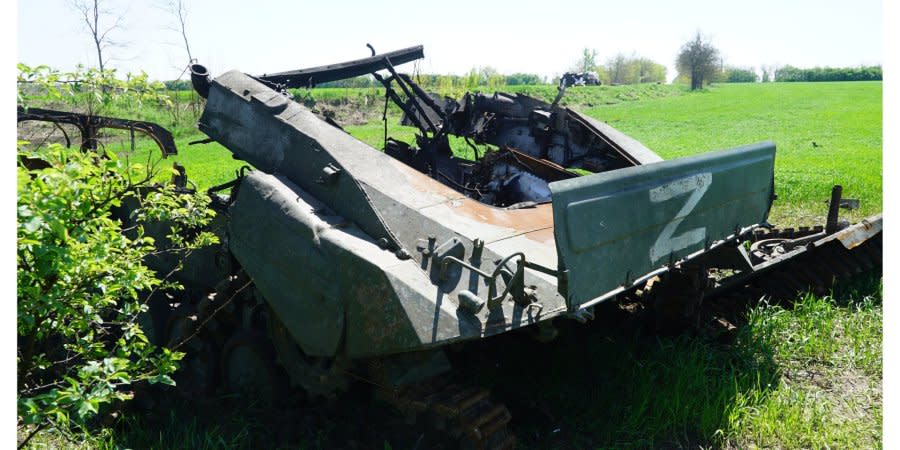
(Kyiv, Mala Shesternya, Fedorivka) – Toilet bowl, felt boots, a handbag, and packaging from food kits with the inscriptions “Army of Russia.”
This assorted trash is lying on both sides of the road between the villages of Mala Shesternya and Knyazivka in the north of the Kherson Oblast, in a place where locals set up a checkpoint for the Armed Forces back in February.
In March, the Russians seized the checkpoint and demolished everything here. However, at the end of the first spring month, the Ukrainian military obliterated the checkpoint and then liberated everything surrounding it, including fields, a road, and several settlements.
"Now they (the occupiers) are already beyond Knyazivka," explains Oksana Kozyrenko, head of the civil-military cooperation group of the Army Group South, and points towards the enemy positions two miles away.
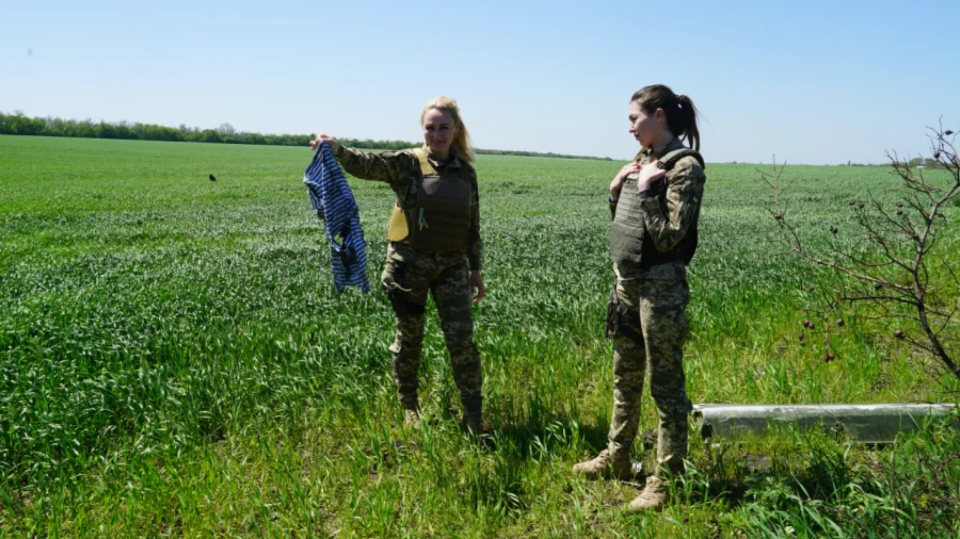
There are few civilians left around here – because the chances of coming under enemy fire are very high. Besides, there is still no electricity.
The sun is warming, rapeseed is blooming in the fields, and the sounds of shelling are heard somewhere far away.
"Oh, a frock!" says Kozyrenko, finding the remains of Russian military clothing near the pulverized checkpoint. "All that's left of them here."
She throws away the striped rag and we move on to Mala Shesternya to talk to the locals.
A Ukrainian flag hangs on the village hall, still standing but with smashed windows. The soldiers escorting the NV crew ask us not to enter the village just yet, and to remain near this building, as the enemy's artillery shelling is intensifying: Knyazivka, not far from here, has just come under fire.
The explosions are getting louder and louder, and the soldiers order a U-turn – it’s getting too dangerous and we have to retreat to the rear.
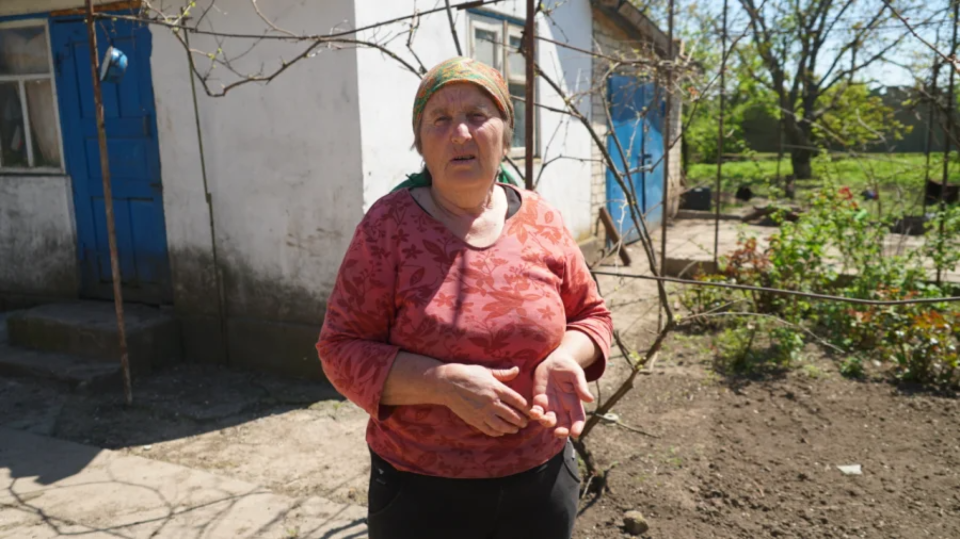
On the same day, on May 6, the Armed Forces evacuated the entire civilian population of Knyazivka.
On the way to another village, we see three local men standing next to an old red Zhiguli car, cutting trees with a chainsaw almost in the middle of the road.
"This is firewood for the lads' dugout, because we heard it might get tough here on May 9," explains one of them, 46-year-old Yuriy Lytvyn, who worked as a truck driver in Poland before the war.
"Here is the first Oleksandr Vasyliovych, and this is the second Oleksandr Vasyliovych," Lytvyn introduces his companions.
It turns out that it was this trio who built the checkpoint near Mala Shesternya.
"A Kamaz truck brought sand. Oleksandr Vasyliovych and another 40 people from the village gathered and unloaded it – 15 tons of sand. Blocks were brought, fortified, our guys ( the Ukrainian military) came and started working,” Lytvyn recalls.
Together with his comrades, he tells how the Russians managed to capture the checkpoint. Then they were driven out – and having taken their wounded and killed, the enemy retreated to the south.
But a little further on, corpses of Russian soldiers are still lying in the open. "Thirty-seven dead are in the wooded area, no one took them away. This is between Novohryhorivske (one of the local villages) and (still occupied) Vysokopillya,” says one of the Oleksandr Vasyliovychs. He does not recommend going in that direction, because it is "very heated."
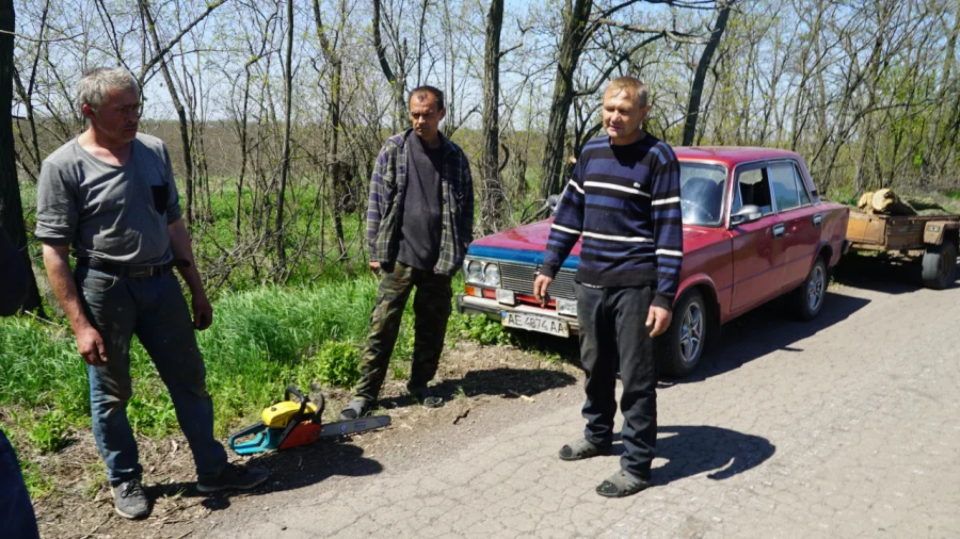
The villagers are certain that the Russians will not return here. But to make sure they don’t, they are helping the Ukrainian army as much as they can.
We go a little further along the same road, and find ourselves in the small village of Fedorivka, which was also under Russian occupation for a short time and was liberated in March. It is calmer here than in Mala Shesternya – locals have even started returning here – although there were only 60 of them before the war.
In one of the yards, NV met a whole family. The householder introduced himself – Andriy Tesnyuk – and went through his entire family: wife – Zoya, daughter – Faina, and son — Serhiy.
Read also: Russia using abandoned homes in Kherson to house its troops, says Ukraine’s intelligence
Zoya recently returned from Poland, where she spent more than a month with her children.
"Thanks to our soldiers who protect us, we live in peace," explains the head of the family, although explosions can be heard at this time somewhere off in the distance.
Ignoring the sounds, Tesnyuk says: "They (the Russian military) are wretches. I will never forgive them for what they have done to our children. I told our soldiers: they cannot be taken captive, let them die."
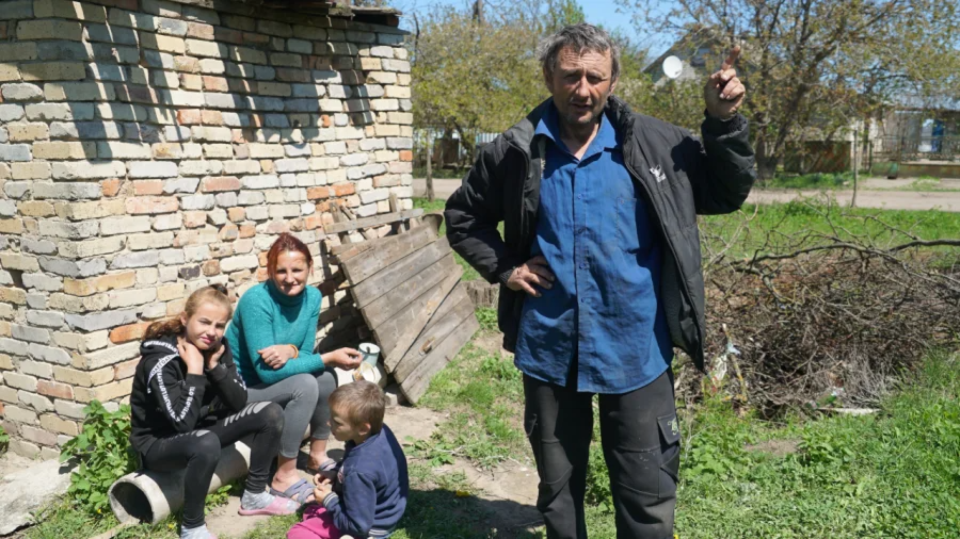
In one of the neighboring yards, NV meets pensioner Svitlana. She expertly comments on long-range shots: "Oh, it's Grads now."
"We are used to it," explains the elderly resident of Fedorivka. “When I was planting the garden, explosions broke out. I fell down and kept on planting on all fours. My daughter calls and I tell her: if the ogres kill me, you will come in the fall, dig the garden, cry, eat and remember me." And she invites over her daughter Natalia, who returned to the village with her husband for one day, to check on their house.
Natalia left Fedorivka with her four children after the Russians entered Vysokopillya and had been in the Khmelnytskyi Oblast in western Ukraine since March 13.
Natalia's house is well equipped: renovated, with new appliances and good furniture. Apparently this is why it was the first to be occupied by the Russian military, along with the neighboring one.
Grandmother Svitlana, looking at the house, recalls that she called another daughter who serves in the Armed Forces: "I called and told my daughter: Smash Andriy’s (her neighbor's) house and ours."
"Do you think I would care about my house when the yard was full of (Russians)?" says Natalia, who is wearing a T-shirt with the inscription “Good afternoon! We are from Ukraine, and everything will be fine!”
"We’ll get a house back with time. After all, how many Ukrainians did they kill,” she said, inspecting the house.
But neither the house nor the enemies ended up being destroyed, as the occupiers quickly retreated from Fedorivka.
Read also: Nearly 500 people ‘kept in Russian torture dungeons’ near Kherson – Ukrainian official
The Russians looted the house, took out all the children's things, and even stole some pillows from the new sofa. "There are no laptops, none of my husband's clothes, no dishes," Natalia lists what was stolen.
Then her gaze falls on some furniture and, addressing her husband Ruslan, Natalia happily says: "Oh, look! There are still two pillows out of six!”
Somewhere outside the villages, smoke is rising from an enemy artillery strike, and the military reports that it is time to head back to Kryvyi Rih, from where the NV team had driven.
Oleksandr, the commander of the battalion of the Armed Forces that "works" in the area, says that active hostilities are continuing here, as the enemy is still trying to regain control over the whole of Kherson Oblast.
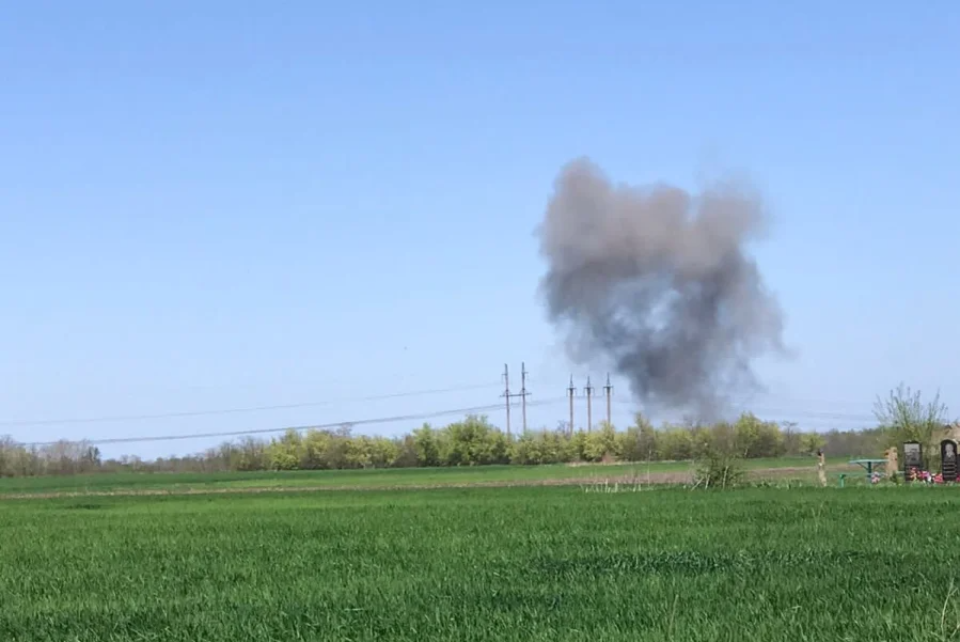
"First, they fire artillery, then have lunch, and then they begin mass strikes again in the evening," said the commander. "It’s like that every day."
According to him, it was the 11th separate brigade from Buryatia, as well as those mobilized from the “DPR” that fought against the Armed Forces in this area. "They tried to attack several times, we repulsed their attacks, destroyed manpower, and burned armored vehicles," the officer says.
Read also: Invaders want to make residents of Kherson Oblast take Russian citizenship
And then he says that villagers from still occupied places flee to this territory by night.
"We ask them: aren't you afraid to come to our checkpoints at night? After all, the military may not understand who you are? And they answer: it's scary there (under occupation), but not here.”

